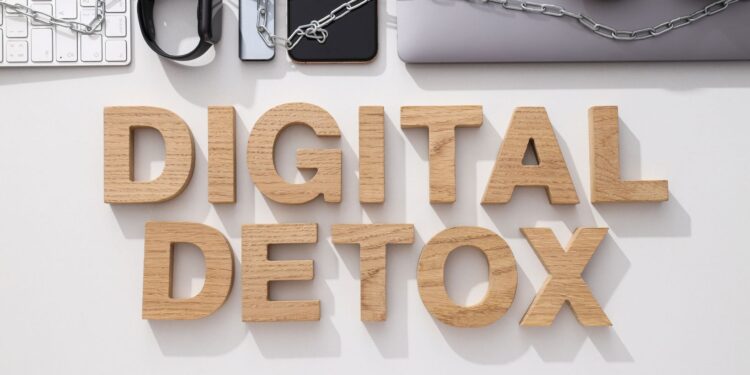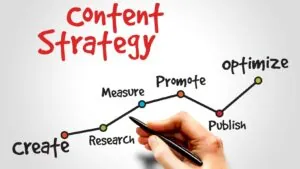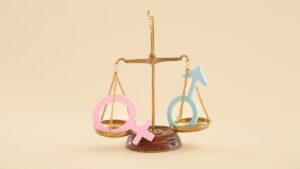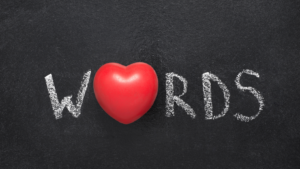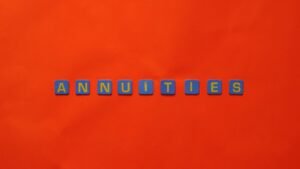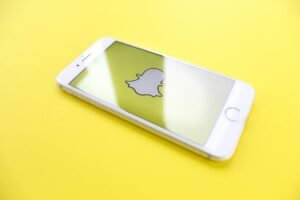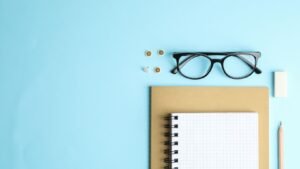I’ve returned from a week’s holiday in the beautiful mountains of the Czech Republic. Before setting off, I committed to a packed #digitaldetox, as I did last year. Check out my previous experience for more insights. So, what exactly is a #digitaldetox? It’s a complete break from technology. No internet, phone calls, or texts. It’s a total disconnect to focus on being present with those around you.
You might think going cold turkey would be impossible. I spend most of my time online. Last year, I did find the first couple of days challenging. I often reached for my phone during idle moments. I resisted the urge to tweet or look something up. It was a stark reminder of how ingrained our digital habits are. It was worth the break. It was as refreshing as exploring new platforms like BetAmo for entertainment.
The Simple Secrets to a Successful Digital Detox
The best way to keep myself offline was to use airplane mode. This completely cuts off communication and internet access—so simple! Yet, it still lets you use your camera and other Apps such as Evernote and Kindle. This way, you can still take many photos, note things you don’t want to forget, and read books. Also, for my phone, the only other tech I brought with me was an iPad Mini. The main reason was for reading (using the Kindle App). I’d downloaded a stack of books before leaving. I also switched it to Airplane mode, like my phone, for the same purpose.
This year, it was significantly easier for me compared to last time. I wasn’t even tempted to Google that” and enjoyed the peace of not being a slave to my technology. I found it so much easier because I knew the benefits from last year. I’m much more relaxed and present. I’m not distracted by my phone. I’m more creative and have clarity on various ideas buzzing in my head.
The Immediate Benefits of Going Offline
After a whole week offline, I noticed a significant boost in productivity when I returned to work. The constant interruptions from notifications—Facebook, Twitter, Instagram, and others—were gone. Without the pings and distractions, I could focus better and do more.
Steps to Reduce Digital Distractions
To maintain this newfound focus, I’ve made a few changes. I’ve turned off almost all push notifications on my phone. On my laptop, I’ve shut down notifications for Skype, Slack, and Dropbox. Now, I only check these platforms a couple of times a day. This simple change has already made a noticeable difference.
Learning from Past Productivity Tweaks
A few years ago, I changed how I handle email by checking it only twice daily. This reduced distractions and allowed me to focus on what mattered. Over time, yet, social media started filling that gap. regain the same clarity and efficiency by making changes to limit its role.
Tracking and Measuring Productivity with RescueTime
To ensure these changes work, I’ve been using RescueTime. It’s a tool that tracks and categorizes my laptop usage as productive or not.

Weekly reports reveal valuable insights. For example, my productivity rose by over 15% after working at a co-working space. I’m excited to see how these recent changes will affect my productivity in the coming weeks.
Give It a Go: Embrace the Digital Detox Challenge
The results are promising. I encourage you to go offline on a holiday and reduce distractions afterward. Have you tried something similar? I’d be thrilled if you shared your experiences and any advice you have!
Conclusion
Taking a break from technology isn’t refreshing—it can be life-changing. Disconnecting from technology allows you to engage with the present moment. It boosts creativity and improves focus. You can incorporate these advantages into your everyday routine. Reduce distractions and adopt intentional habits.

A week-long holiday or small changes to your routine can help. A break from the digital world can boost productivity and clarity. It can also bring peace of mind. Give it a shot and discover how it could transform your life!


